- Home
- slideshows
- miscellaneous
- Microsoft, Sony, and Google are investing in subscriptions and streaming to give gamers more choice - but the real challenge is changing the way people play
Microsoft, Sony, and Google are investing in subscriptions and streaming to give gamers more choice - but the real challenge is changing the way people play
Paying for online services like Xbox Live Gold and PlayStation Plus has become commonplace for dedicated gamers.

PlayStation Now and Xbox Game Pass offer huge game libraries for a monthly fee.
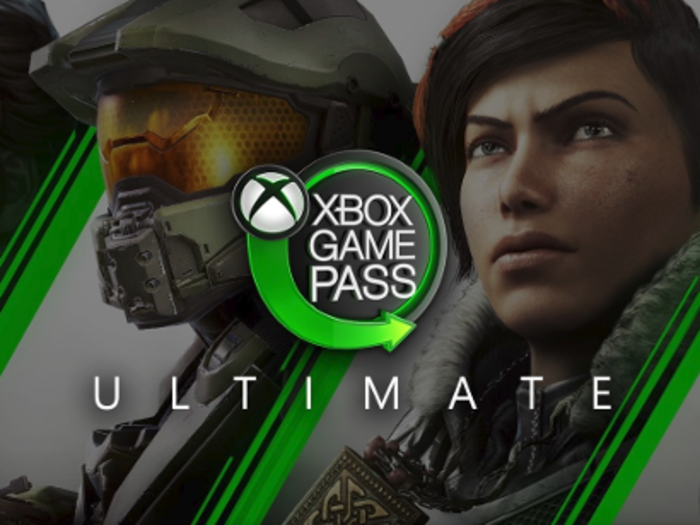
Sony and Microsoft have made it no secret that subscription fees and sales from their digital marketplace have been major revenue sources in recent years. Both companies have been expanding their digital services as they prepare to launch new Xbox and PlayStation consoles in 2020.
In addition to Live Gold and PS Plus, both companies have also introduced their own on-demand gaming services that offer subscribers a massive library of games for a monthly fee. Introduced as a streaming service in 2014, Sony's PlayStation Now costs $20 per month or $99 per year. Microsoft's Xbox Game Pass is $10 per month and offers more recent games, but they must be downloaded in advance.
The services are most useful for dedicated players who find themselves overspending on new games. Players with access to a digital catalogue are likely to try more games once the cost barrier is taken care of, according to IDC Research Director Lewis Ward.
"Our surveys show that users of bundled game subscriptions, such as Game Pass, tend to experiment more with titles they otherwise wouldn't play," Ward told Business Insider. "So the upside for publishers is that subscribers are more likely to try their product because it's 'free' with the subscription. The downside is that if you don't grab those users out of the gate, they're more likely to quit."
In an effort to promote subscriptions, Microsoft and other companies are offering their newest games to subscribers the same day they're released.

Microsoft has taken the added measure of releasing its newest self-published games on Xbox Game Pass the same day they arrive in stores, so subscribers don't need to wait for a chance to play Xbox-exclusive titles — it's an added bonus for investing in Xbox as a platform.
While offering up a brand-new $60 game for the price of a one-month subscription seems counterintuitive, it can have benefits for the platform and the publisher.
"When a big first-party title hits a subscription service, or any hit game for that matter, it also tends to drive interest in previous and related games that are in the service — and even lead to sales of back catalog games and [downloadable content] that aren't in the subscription," Ward said.
"Gamers will try various games in the service, and if they really enjoy it, a share of them go on to try related games, or even buy older games — so there's often a kind of ripple effect that's also good for those publishers," Ward added.
A few subscriptions also give players access to upcoming games before they're released, but it's a riskier business model for third-party publishers.
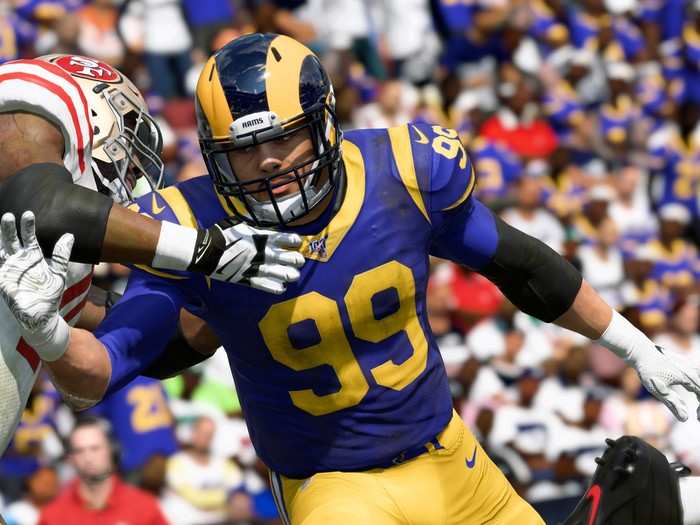
Electronic Arts and Ubisoft will also include their major fall releases on their respective subscription services.
EA's Origin Access is available on PlayStation 4, Xbox One, and PC for $15, while Ubisoft's Uplay Plus will launch for PC this September at the same price point. Origin subscribers will even get early access to games like "Madden NFL" before people who pay full price.
These publishers have the advantage of bringing their subscription services to multiple consoles, but they don't reap the same benefits that Sony and Microsoft get from bringing customers into the Xbox and PlayStation ecosystem, according to SuperData cofounder Joost van Dreunen.
"First-party content will serve as a loss leader to attract and retain players," van Dreunen told Business Insider. "For third-party content providers, however, this is a far more risky proposition because, among other things, they run the risk of overvaluing their long tail. In fairness, how many people are really going to sign up for EA's service to play 'FIFA 2009?'"
Apple's Arcade subscription could drive revenue from millions of gamers who use the App Store for free.
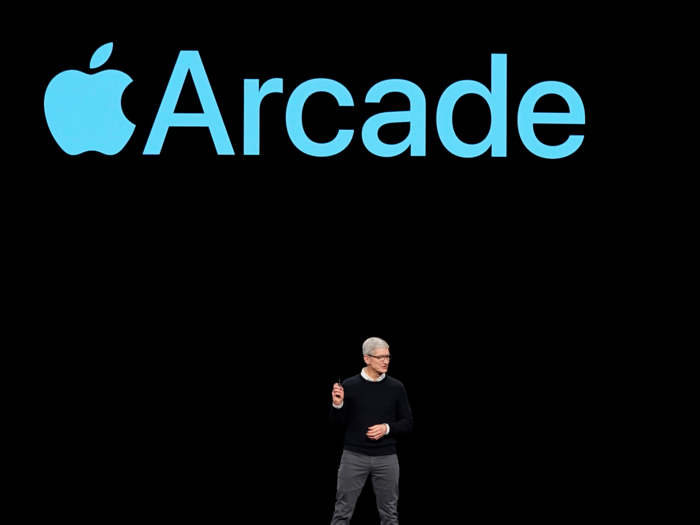
The upcoming Apple Arcade subscription service carries a similar model to Game Pass and PlayStation Now, promising a library of more than 100 games for a fixed monthly fee. Apple has reportedly invested more than $500 million in the launch of its gaming subscription; part of that funding was used to retain several independent studios to develop exclusive games for Apple Arcade.
However, Ward thinks Apple Arcade is more about monetizing the mobile marketplace rather than competing with the likes of Sony, Nintendo, and Microsoft.
"Apple is just starting its game subscription business and while it sounds like those games will be of fairly high-quality in a mobile context and will be mobile exclusives, at least for a limited window of time post-launch, the chance that there will be a large exodus from the Xbox, PlayStation, or Switch communities into the Arcade camp is practically zero in the next five years," Ward said.
Apple Arcade games will work across iPhone, iPad, Mac, and Apple TV. The service will not feature in-game ads, and all future game updates will be free. Apple plans to launch the service this fall, but the price and release date have not been set.
Even if Apple doesn't find an audience among traditional gamers, Apple Arcade can provide a new stream of revenue from the millions of people who spend time playing free games on their iPhones, according to Michael Goodman, director of television and media strategies for Strategy Analytics.
"The whole reason mobile advertising and in-game purchases took off is because people didn't want to pay for games. So they had to find some other way to monetize and grow the marketplace," Goodman said. "For a long time, the mobile marketplace was stagnant because people didn't want to pay for games."
At worst, Apple Arcade would provide its subscribers with a higher level of quality control than what is typically available on the App Store, which is overrun with hundreds of free games that rely on microtransactions and invasive ads to drive revenue.
Stadia will use Google's massive cloud infrastructure to stream games directly to players, providing an alternative to expensive consoles.
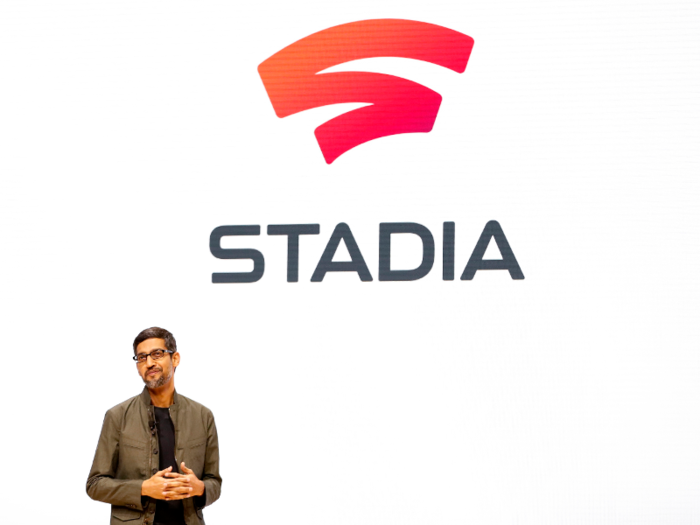
Stadia is Google's new gaming platform, designed to go head-to-head with Xbox, PlayStation, and Nintendo. It makes use of Google's impressive cloud infrastructure and will stream games directly to players, removing the need to buy an expensive video game console.
Google will launch a subscriber-only version of Stadia in November; subscribers get access to 4K streaming for $10 per month and get a free game each month, while free Stadia users are limited to 1080p. The free version of Stadia isn't expected to launch until February 2020.
Goodman pointed out that the lifespan of a video game console is typically five or more years and doesn't require a continued investment. Paying for five years worth of Stadia would ultimately come out to $600, well beyond the cost of the most expensive Xbox and PlayStation consoles at their peak retail prices.
But cloud gaming has a spotty track record, and it's unclear if gamers will be into Stadia.
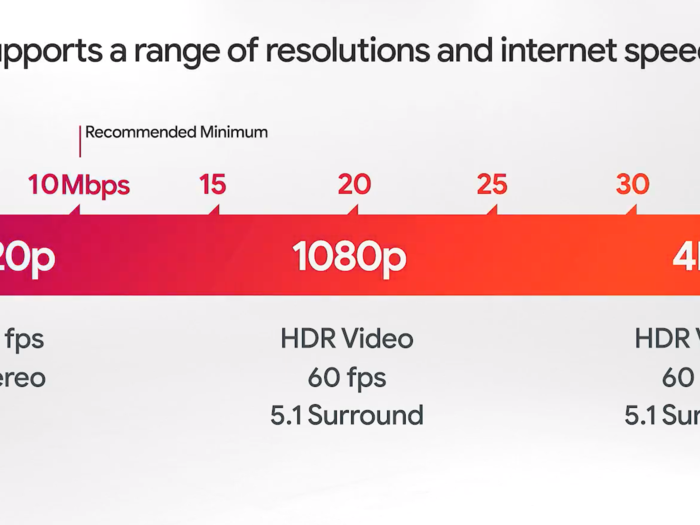
Additionally, streaming in 4K from Stadia will use about 15 GB of data per hour, meaning users with an upper limit on their online data usage could face throttling or penalties if they stream for 30 hours or more per month.
The service will be available on mobile devices and computers, making it much more portable than traditional video games, but it's unclear if gamers will be willing to play major releases from their smartphone.
"You can put 'Call of Duty' on my phone, but it's not going to be the same experience as when it's on my TV," Goodman said.
Stadia users will also have to buy games at the usual price to build their collection, and the available catalogue will only be a fraction of what's available on competing platforms. Stadia will also lack the first-party exclusive games that drive the sales of Xbox, PlayStation, and Nintendo consoles. To help alleviate the problem, Stadia will partner with Ubisoft and other publishers to let players stack their subscriptions on Stadia.
Compared to Stadia, Microsoft and Sony's streaming services are only meant to be a supplement. Some industry veterans aren't convinced that the technology will lead to more players.
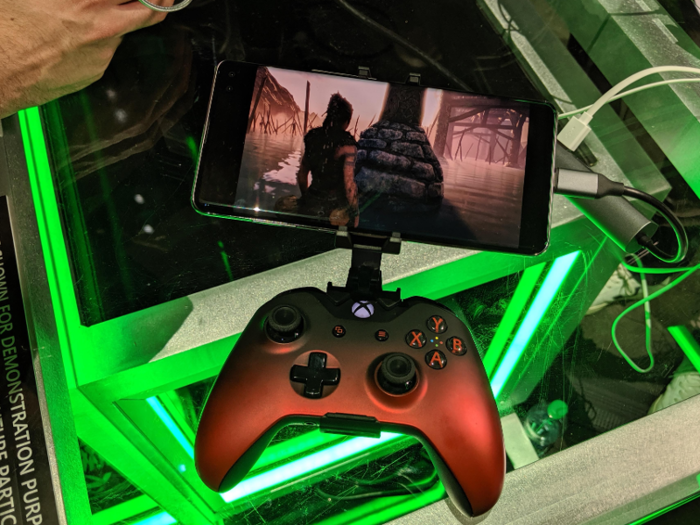
While Stadia boasts some impressive technology, Google will still need to convince gamers that streaming can replace traditional video game consoles. Microsoft and Sony seem much less confident in streaming as an alternative to Xbox or PlayStation hardware, so they've positioned their streaming services to supplementary to their usual offerings.
Microsoft will test a game streaming service called Project xCloud later this year, but hasn't released any potential pricing details. The technology of PlayStation Now, PlayStation's version, seems outdated in comparison to both Stadia and xCloud, but Sony recently agreed to work alongside Microsoft to improve its cloud services.
Given the struggles of old streaming services like OnLive and GeForce Now, video game streaming doesn't have a particularly good track record. Goodman said the primary difference with Stadia and xCloud is the improved technology and the potential of 5G wireless.
"Given the way these services have historically crashed and burned, they haven't had a lot of success in capturing heavy gamers, light gamers, medium gamers, casual gamers, console gamers, or PC gamers. They haven't had a good track record of capturing consumer interest, period," Goodman said.
"The only thing that has changed from past iterations is the streaming technology is better, so you can actually deliver a AAA title," Goodman said.
If free-to-play games continue to dominate the industry, building a "Netflix for Games" might not be a viable business strategy.
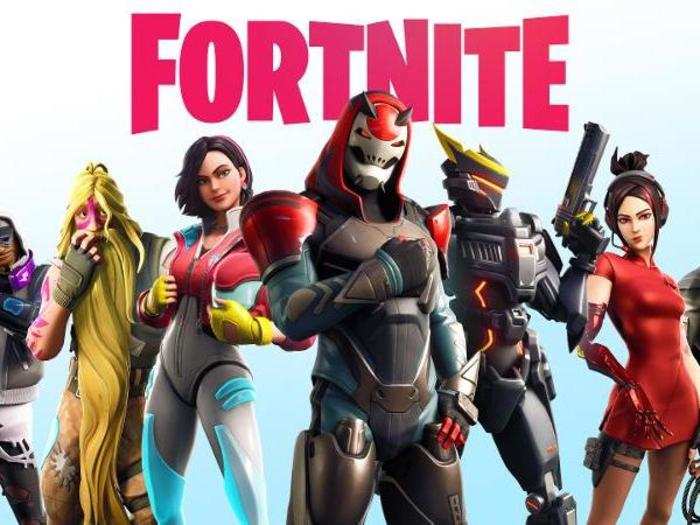
While traditional games still get the most attention, the majority of gamers around the world are choosing to play free games. Whether it's "Fortnite" or "Candy Crush," the availability of fun, free games will always make some people think twice about paying for games.
"Subscribers tend to trial more games in a subscription context than they do in a paid game model, but free-to-play has put an interesting twist on monetization norms, and now well over a billion gamers worldwide regularly play at least one game that uses that model," Ward said.
Publishers need to consider that creating a hit free-to-play title at the right time could generate more revenue than a $60 blockbuster, let alone trying to sell a catalogue of old releases. For example, EA's "Anthem" tanked almost immediately after launch, and was heavily criticized by subscribers who tried the game before its official release. Meanwhile, more than 50 million players register to play "Apex Legends" for free after a surprise announcement, and the free-to-play title has become EA's most important game of 2019.
The most popular free-to-play games, like "Fortnite" and "DOTA 2," offer their own individual subscriptions to keep dedicated players locked into the game, and those subscription fees are used to fund new updates that keep the game feeling fresh.
Subscriptions are the latest way for the industry to find and monetize new players, and they will help lower the barrier to entry for prospective gamers.
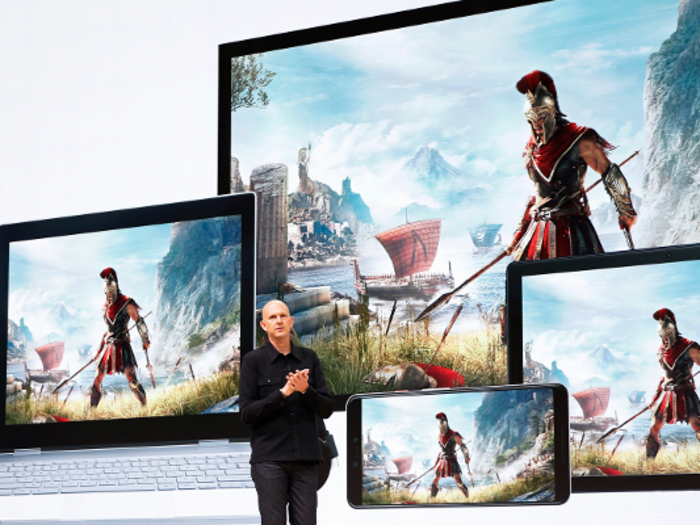
As the video game industry continues to boom, companies will continue looking for new ways to grow the pie and monetize new customers. Plenty of gaming subscriptions have come and gone through the years and some of the latest batch are surely destined for hard times — after all, video games are just one of many forms of entertainment competing for consumers' attention.
"You have music subscription services, we have video subscription services, we have movie theater subscription services, now we have all these game subscription services," Goodman said. "There are two constants in consumers' lives: time and money."
If nothing else, the steady improvement streaming technology and industry-wide moves towards subscription-based libraries will give players more control over how they spend their money and lower the barrier for entry for incoming gamers.
Popular Right Now
Popular Keywords
Advertisement